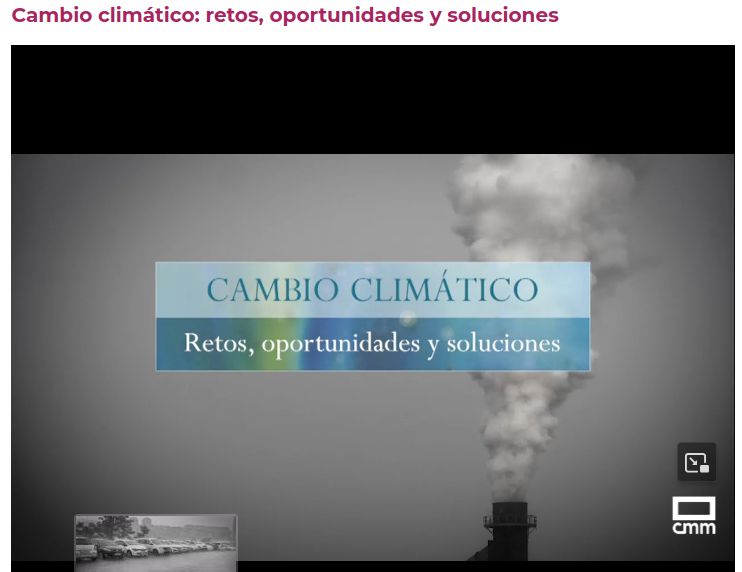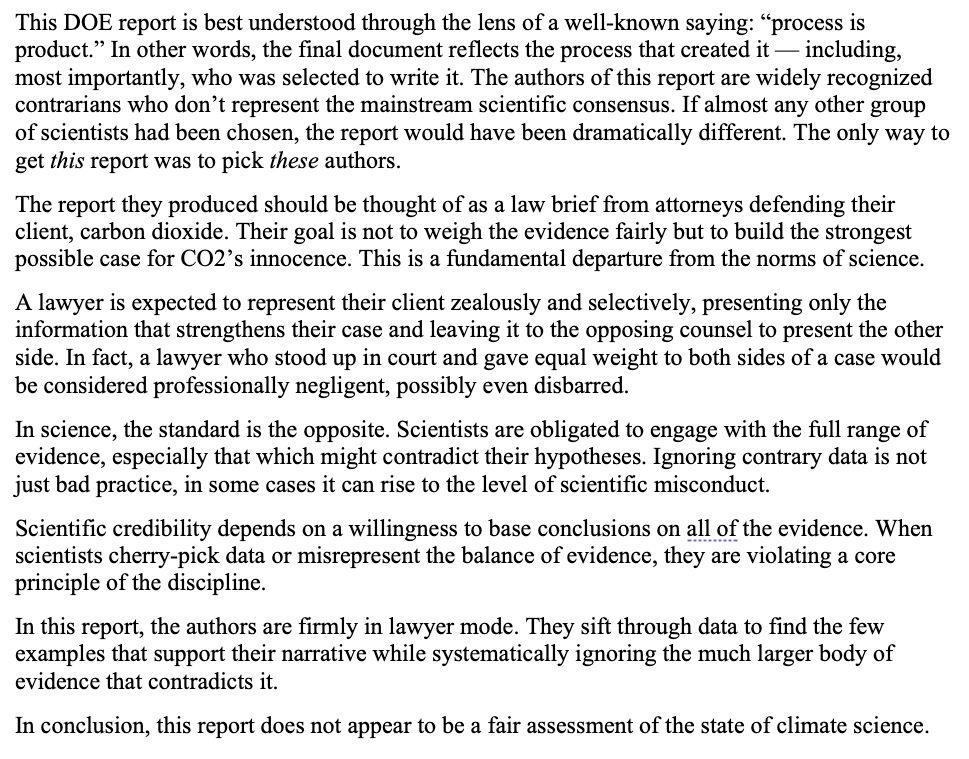
Sobre ello he hablado en la clausura del XVI Congreso de Periodismo Ambiental de @apiaperiodistas.bsky.social. Clave su labor frente a la desinformación climática
Sobre ello he hablado en la clausura del XVI Congreso de Periodismo Ambiental de @apiaperiodistas.bsky.social. Clave su labor frente a la desinformación climática















The Fix Is In: Without independent review editors, their “peer review” process is a sham. Science and humanity deserves better.

The Fix Is In: Without independent review editors, their “peer review” process is a sham. Science and humanity deserves better.

Our conclusion: The merchants of doubt are back, and they're coming for climate science.

Our conclusion: The merchants of doubt are back, and they're coming for climate science.
Our conclusion: The merchants of doubt are back, and they're coming for climate science.
www.cnn.com/2025/09/02/c...

www.cnn.com/2025/09/02/c...
But it was so uplifting to see so many brilliant scientists provide context to every point in this thing. You guys rock.
This is related to Brandolini's law: The amount of energy needed to refute bullshit is an order of magnitude bigger than that needed to produce it.
Example: refuting one sentence.

But it was so uplifting to see so many brilliant scientists provide context to every point in this thing. You guys rock.
Read the full statement: https://bit.ly/3UQRC82

Read the full statement: https://bit.ly/3UQRC82
www.ametsoc.org/ams/about-am...

www.ametsoc.org/ams/about-am...

This is related to Brandolini's law: The amount of energy needed to refute bullshit is an order of magnitude bigger than that needed to produce it.
Example: refuting one sentence.

This is related to Brandolini's law: The amount of energy needed to refute bullshit is an order of magnitude bigger than that needed to produce it.
Example: refuting one sentence.

This is related to Brandolini's law: The amount of energy needed to refute bullshit is an order of magnitude bigger than that needed to produce it.
Example: refuting one sentence.

This is related to Brandolini's law: The amount of energy needed to refute bullshit is an order of magnitude bigger than that needed to produce it.
Example: refuting one sentence.

This is related to Brandolini's law: The amount of energy needed to refute bullshit is an order of magnitude bigger than that needed to produce it.
Example: refuting one sentence.

→ Con datos provisionales, tuvo una anomalía de 4.6 °C y supera a la de julio de 2022, la más intensa hasta ahora con 4.5 °C de anomalía.

→ Con datos provisionales, tuvo una anomalía de 4.6 °C y supera a la de julio de 2022, la más intensa hasta ahora con 4.5 °C de anomalía.

